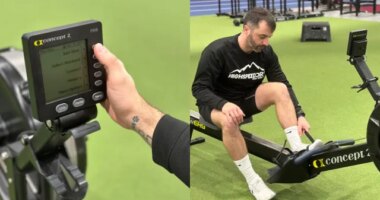If you suffer from lower back issues, then you know what real pain feels like. In fact, you may have already tried every form of pain relief available to mankind. We are here to introduce you to the best foam rolling exercises for lower back pain. Your foam roller may very well be your newest best friend! Read on to learn more about these expert-approved tips and tricks to help relieve the pain.
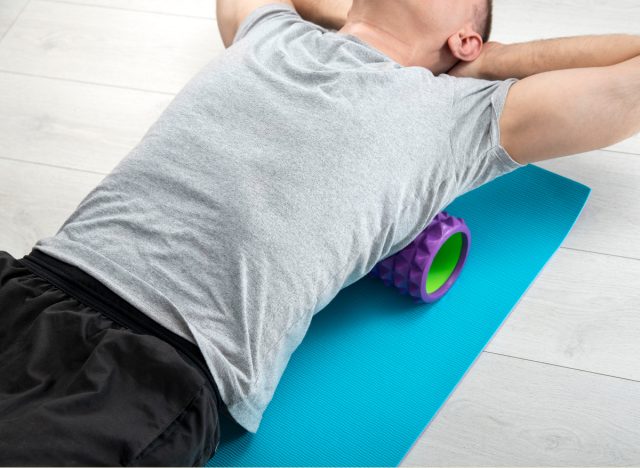

Interestingly, according to USU Extension, being physically active can decrease the risk of and help to manage chronic pain. It does this by increasing your muscle flexibility and strength, lowering inflammation and sensitivity to pain, and decreasing fatigue.
Finding just the right exercise or technique may be effective in reducing such pain. So grab a foam roller, and get ready to learn what this pretty cool form of pain relief is all about.
Related: The Top 3 Yoga Moves For Relieving Lower Back Pain, Expert Says
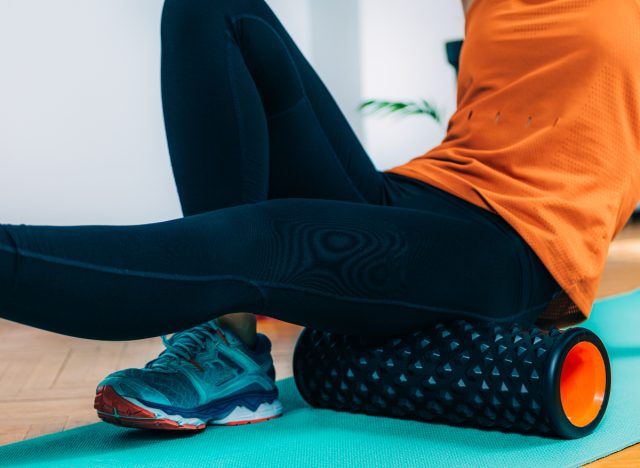

We reached out to Dr. Mike Bohl, the Director of Medical Content & Education at Ro and a certified personal trainer, who explains that myofascial rolling—aka foam rolling—is a technique used successfully for pain reduction. It involves applying pressure to just the right muscles.
This method works in several ways. “It can help reduce adhesions in the muscle, second, it can increase blood flow to the muscle, and third, the compression stimulates different kinds of receptors, resulting in increased tissue relaxation and decreased pain,” Dr. Bohl explains. Now let’s talk about how it’s done.
READ RELATED: People who sleep between 7-8 hours are 75% less likely to suffer a stroke, study finds
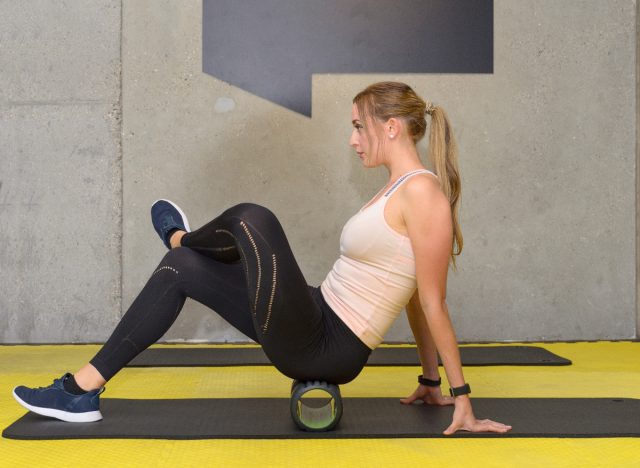

Dr. Bohl stresses the importance of targeting just the right area. “The key to doing foam rolling exercise to help relieve lower back pain is to not foam roll the lower back muscles themselves, but to foam roll the surrounding muscles that may be contributing to lower back pain.” Try using the foam roller on other body parts like your glute, thigh, and upper back muscles, in case tension in those areas is the culprit behind your pain.
Much of the lower back pain you may feel is typically the result of an issue somewhere else in your body. The pain can likely be caused by pinched nerves or skeletal issues, and if that’s the case, foam rolling can actually make the situation worse. If you think this is so, be sure to speak to your medical professional.
Related: The Easiest Tricks To Fix Bad Posture, Expert Says
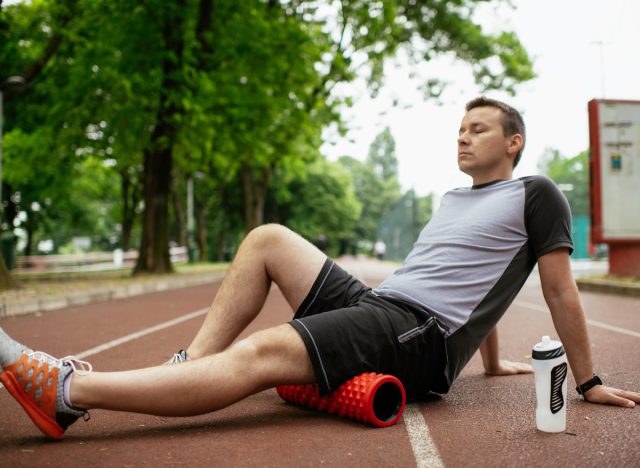

Dr. Bohl points out that foam rolling the lower back itself can worsen the situation by overextending your spine. This could happen when you lie on top of a foam roller that’s positioned horizontally beneath your lower back and rest your full weight upon it. “Foam rolling the lower back could also damage organs, since it typically requires applying lots of pressure, but there’s a lack of protection of the internal organs around the lower back area,” he adds.
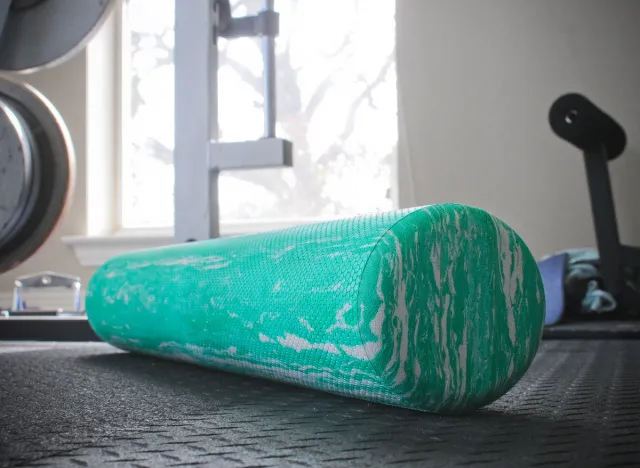

Foam rolling calls for a slow rolling movement until you target a tender point, then remain in that position for at least 30 seconds to initiate relaxation. Dr. Bohl advises, “When foam rolling the lower back, it can be difficult to simultaneously hold the correct position with the core while also relaxing the muscles of the lower back.” He adds, “There are also some companies that make foam rollers specifically for the back that are narrower (to fit more easily through the shoulder blades) and that have a carve-out for the spine, so pressure is distributed on the muscles on either side of the spine rather than on the spine itself.”
Alexa Mellardo
Source:





